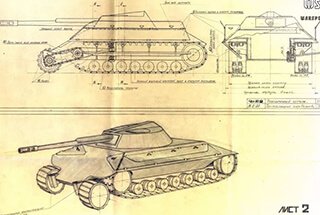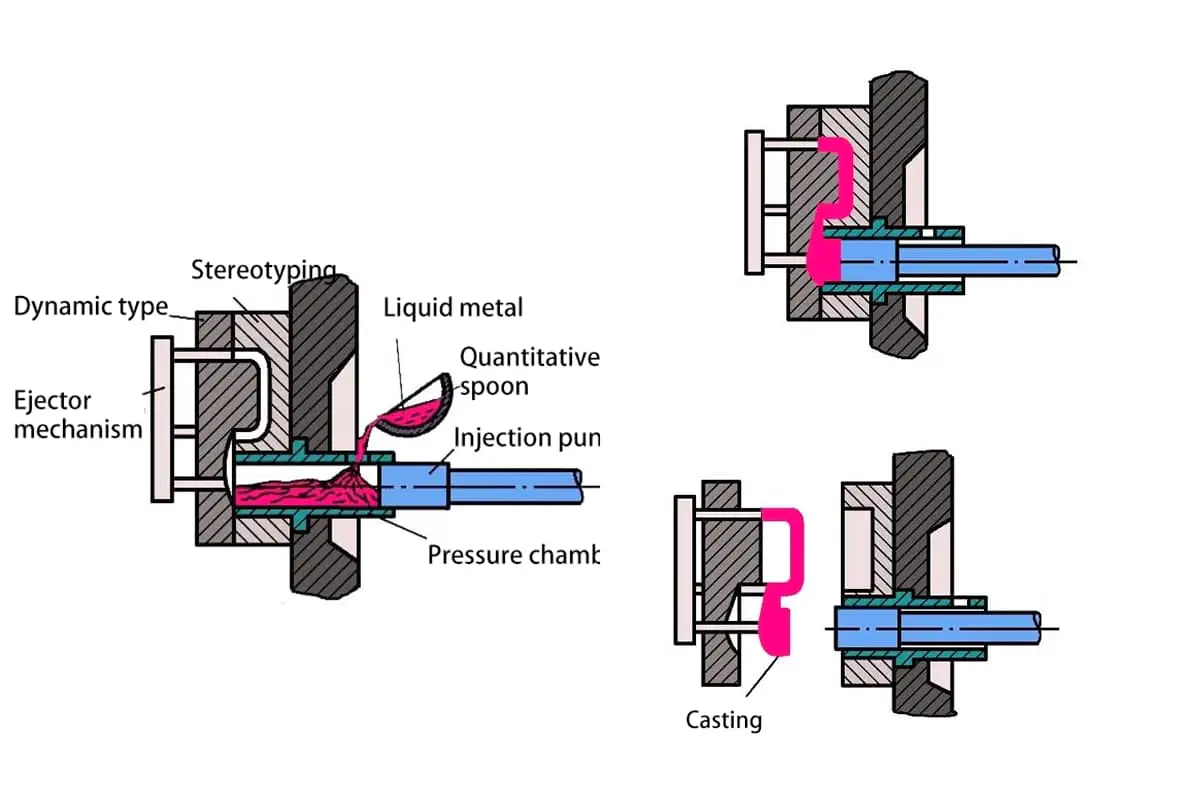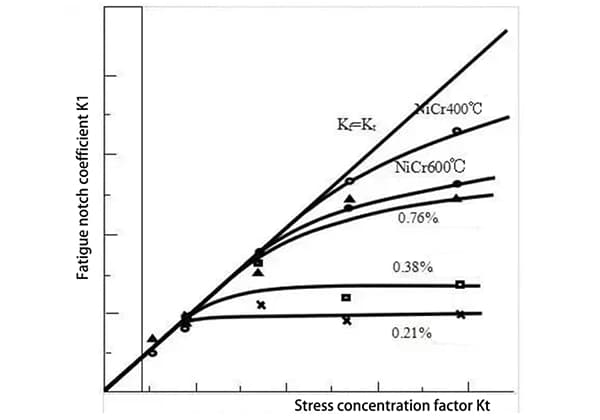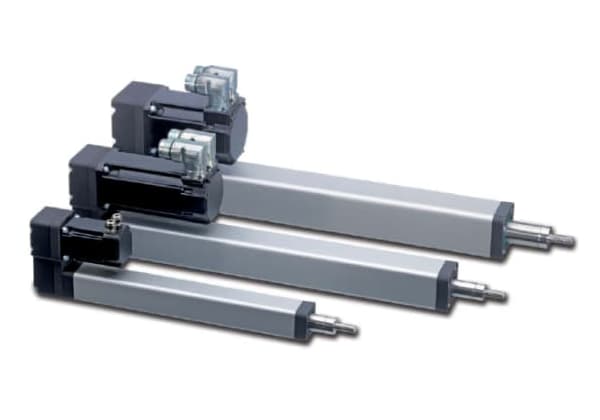
What defines the progression of a mechanical engineer? From novices creating simple diagrams to masters overseeing entire product lifecycles, the journey is both challenging and rewarding. This comprehensive guide explores the various levels of expertise, detailing the skills and responsibilities at each stage. By reading, you’ll gain insight into how mechanical engineers evolve, the tools they master, and the critical thinking they develop to lead in the industry. Ready to understand the path to becoming an expert engineer? Read on to find out.

First of all, one should never assume that mechanical engineering is only about structures, nor should it be thought that structure designing solely involves using software like PROE, SolidWorks, etc.
In fact, those working on mechanical structures have an inherent advantage, as all products are built on a structural platform, allowing the possibility of expansion in any direction. Structural engineering can lead to a more intuitive understanding of the product, making you more rigorous and practical.
On the other hand, structural engineering is a long and arduous process, but once mastered, you won’t be scared of aging, and may even become more valued with time.

So, what are the stages of progression for a mechanical engineer?
You can use AUTOCAD to create some simple 2D diagrams, and based on these diagrams, you can imagine the 3D form of the product.
Your 2D diagrams can now display information such as tolerances, materials, surface treatments, and technical requirements. Moreover, this information is marked by you, and you understand what it implies.
You’ve learned to create 2D diagrams, and the designs you draw seem to be viable for actual production, even though you may sometimes make mistakes. For example, the precision requirements might be so high that not even Germans could achieve it, let alone your workshop’s Master John. As per your leader’s requirements, you can use 3D software to generate a model for display. Although it may not hold much practical value, it offers a sense of accomplishment.
You’re now well aware of how your product is manufactured, and you understand the significance of each step in the process. If improvements are needed, you can generally judge where to start. You could also guess the potential impacts of the improvements.
At this point, you’ve realized the profound importance of 2D engineering drawings over 3D models. You begin to disdain those so-called mechanical engineers who can only create 3D models using software.
You start to understand the concept of enterprise informatization. You realize that 3D design is indeed useful, and it can integrate your beloved process information.
At this stage, you should be proficient in using 3D software to design common parts, generate 2D engineering diagrams sufficient for guiding production, or directly machine it on numerical control equipment.
You’re now capable of using relevant design software to manage production, including creating designs and managing Bill of Materials (BOM). You have a clear understanding of the production process, can identify technical key points, and focus on solving them.
You’ve even started to use finite element analysis for strength, fatigue, etc., and you can easily write a detailed design document.
Deceiving the novices is not a problem anymore. Moreover, if you haven’t become a design supervisor yet, it might be due to the need for more effort in interpersonal relationships.
You begin to feel that simple and repetitive design drawing is wasting your time, as these things are already second nature to you.
You would rather spend more time improving the overall competitiveness of the product, such as how to reduce costs, how to improve the process flow, and how to enhance design efficiency.
You can see that your product still has deficiencies in structure, materials, and function. You realize that this is not something you can change alone.
You start to use surrounding technical resources for systematic considerations, formulate plans to enhance product competitiveness, and list technical nodes to break through one by one.
At this point, you have surpassed the realm of “structural design”. You should be very clear that there is not much potential left to exploit in your product’s structure. But around the structure, you can focus on the various feature requirements of the whole machine.
In a series of fields such as EMC, heat dissipation, noise, safety regulations, environment, ergonomics, DFX (DFM manufacturability, DFI installability, DFA assembleability, DFT testability), you can flexibly permeate and apply, comprehensively enhancing the core competitiveness of the product.
Being responsible for the core competitiveness of the entire product is your fundamental task. Simultaneously, you need to understand domestic and international manufacturing standards and specifications.
You should be aware of the thresholds your product would encounter if sold in Europe or North America, what kind of certifications are needed, and how to enhance your product to meet these requirements.
You also need to be thoroughly familiar with competitors’ products, able to pointedly highlight their weaknesses and the advantages of your own product.
You understand industry trends, can foresee the development trajectory of the product for the next 5 or even 10 years, and formulate long-term development strategies, guiding your subordinates in relevant technical accumulation.






